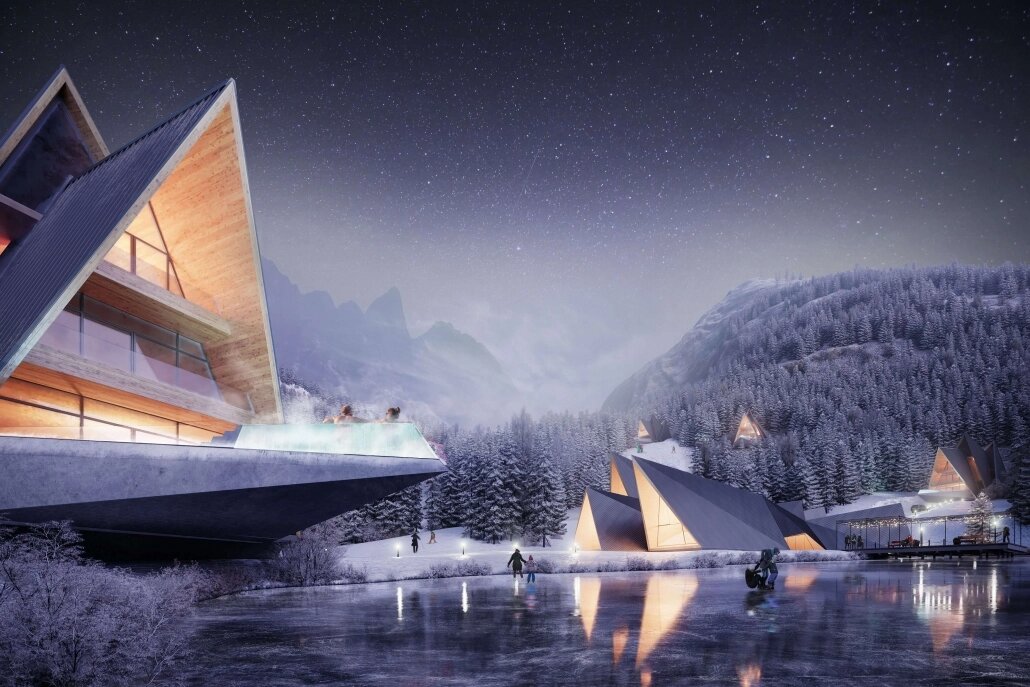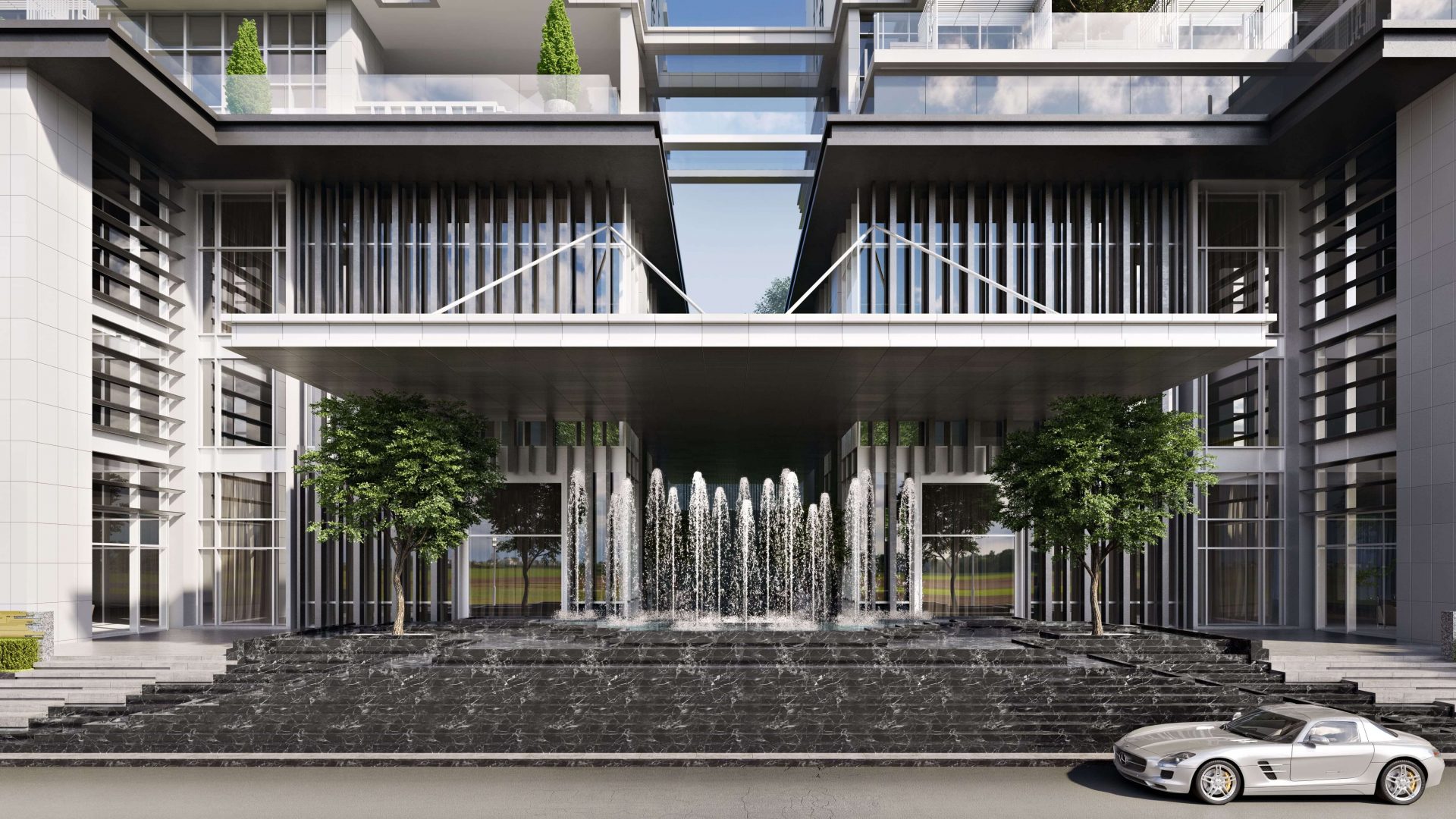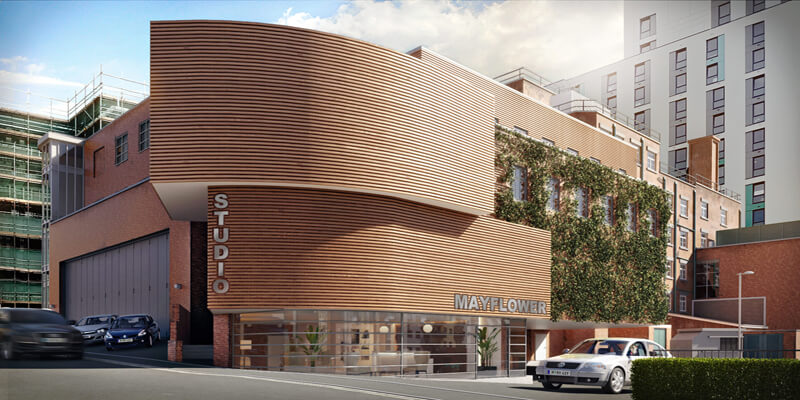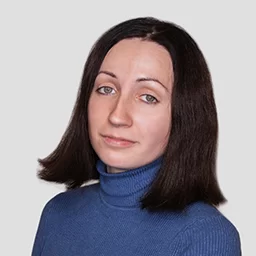3D printing for architecture is not new for the industry, but a bit underused, despite its many advantages. That is due to a certain lack of information. For the first thing a person imagines when hearing a phrase “3D printing” is a normal-size machine capable of producing small-scale items. How in the world can that help a professional architect? Besides, a model of a building project can be created manually with cheap materials.
The truth, however, is that technologies are aimed at making lives more comfortable, and 3D printing for architecture is no exception. While architectural 3D visualization services may be enough for some to bring their ideas to life, nothing is quite as good for showcasing the concept as making small-scale models of projects. For that and more, let us explore 5 game-changers 3D printing brings to the table!
#1. 3D Printing Shows Designs More Precisely

Let’s start with the obvious. Architectural projects are very dependant on precise calculations, since a single mistake can lead to waste of resources or even cause accidents. 3D modeling software that is used to create assets for 3D printing for architecture also runs automatic calculations and optimizes geometry. This makes architectural design so much easier, with more time allocated on perfecting the selling points of architecture projects rather than spending hours or even days doing math.
As a cherry on top, an architect can see how the project will look in real life even before the foundation is laid. All this would result in a 3D printed model looking just the way it was envisioned. One issue with 3D printing for architecture of the past was, well, the size of a printer. It forced users to either scale their models down a lot or print separate parts and put them together like legos. This is not a problem at all right now. There are larger pieces of equipment available in the market, allowing to build much larger objects in one go.
#2. 3D Printing Resources Are Reusable

Since files for 3D printing for architecture are made within a digital environment, another advantage pops up immediately: 3D design visualization allows to implement changes on the go. There is a need for adding elements, or, say, the client has changed his or her mind? Instead of scrapping the file, it is possible to tweak it to one’s heart content before printing. Also, files needed for 3D printing for architecture can be stored, and used for future projects with small edits. This is extremely handy for real estate, designing rooms and separate elements, like ceilings.
Ensure your exterior design project leaves a lasting impression and takes your clients’ breath away with stunning visuals.
#3. 3D Printing Saves Time and Effort

Making models of buildings manually is extremely tedious and time-consuming. First, the idea is given form on paper as a draft, tools and materials are collected. Then come the hours of precise calculations for the parts. After this, an architect patiently cuts parts for the model from materials gathered previously. After the components are ready, they are glued, stapled or nailed together. Needless to say, this is a titanic, time-consuming effort. It can take hours or even days, depending on scale and complexity. Compare this to 3D printing for architecture. The calculations are made automatically by 3D modelling and real estate 3D exterior rendering software, and the process takes minutes for small pieces, a few hours for large-scale ones. As a result, an architect can allocate precious time and effort to other tasks.
#4. 3D Printing Can Replicate Almost any Material

Some might be skeptical of 3D printing for architecture because they believe that the choice of materials is quite limited: plastic or moldable resin. Sure, in the past the range of materials that could be replicated with 3D printing equipment was very limited. Now, however, there are not just resins, but metals that could be molded with them. 3D modeling software can accurately replicate textures of various materials, including glass, brick, steel and much more. It’s amazing what modern 3D printers can do – sometimes it’s hard to believe that those models are printed from resin!
#5. 3D Printing Can Be Used for Structures too

Models are great for showcasing projects in a tangible way, but what if the building itself is 3D printed? Although there’s no 3D printer big enough to create an entire building, but it’s possible to print its parts and assemble them at a construction site. There are notable examples from various countries that have successfully built houses and more complex structures such as bridges entirely with 3D printed components. There’s even a 3D printed skyscraper project currently underway in Dubai. If practicality is the main concern, 3D printing drastically reduces construction cost. And this is a selling point that will impress investors!
Showcase your architectural project like a true work of art, brought to life with cutting-edge AI-powered CGI technology.
CGI and 3D printing have revolutionized architectural business in many ways. Every year things that could only be seen in science fiction become reality. It’s completely possible that several years from now architects will be able to design from the comfort of their home, pitch their projects to investors and have buildings 3D printed within days. So, why wait and when you can adapt to new trends today? Start using high-quality assets for 3D printing for architecture and bring your ideas to life with our 3D visualization services.

Irma Prus
Content Writer, Copywriter
Irma writes articles and marketing copy for ArchiCGI. Her dream is that more people discover the power of CGI for architecture. Irma is into neuromarketing, ruby chocolate and Doctor Who series.



